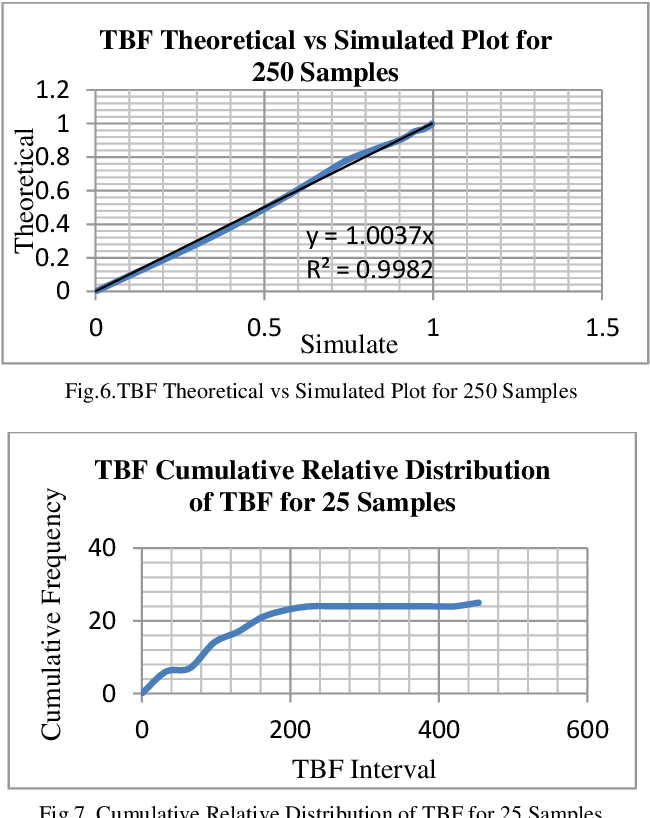

In addition, as the magnetic force is directly proportional to the segment of the velocity of the charge that is perpendicular to the magnetic field, the electromotive force in the circuit varies as the segment of the velocity of the armature perpendicular to the field varies. This leads the current to experience a periodic reversal of the direction. In other words, each half of the armature periodically changes direction as the armature rotates.

As the armature rotates, the segment of the velocity of the armature perpendicular to the magnetic field changes direction.
ELECTRIC POWER PLANT SIMULATION GENERATOR
One of the brushes is connected to a wire which connects to a power distribution system and eventually leads back to the wire connecting to the other brush, completing the circuit and allowing the generator to power devices. For more information, visit hyperphysics.Īs seen in Figure 2, both of the arms of the armature are connected to slipping contacts called brushes. This generation of current is entirely dependent on the armature or magnet rotating, and this rotation is powered by turbines, which rotate due to one of the sources of energy listed above. The same result can be achieved with a rotating magnet around a stationary armature. This causes an electromotive force in opposite directions for both halves of the armature, which add together to allow a current to flow through the loop (see Figure 1). In the first case, as the armature rotates, one half of the loop will always be moving in the opposite direction of the other half of the loop. This allows a current to flow through the loop, as electrons can continuously flow counter-clockwise through the armature Įlectric current is generated when a rotating loop of wire, known as an armature, is placed in a uniform magnetic field, or when a stationary armature is placed in a rotating magnetic field. Therefore, the electromotive force on the right side is directed towards the near end of the armature, and the force on the left side of the armature is directed towards the far end of the armature.

The right half of the armature is moving left, while the left half is moving right.


 0 kommentar(er)
0 kommentar(er)
